Wolves have long been misunderstood.
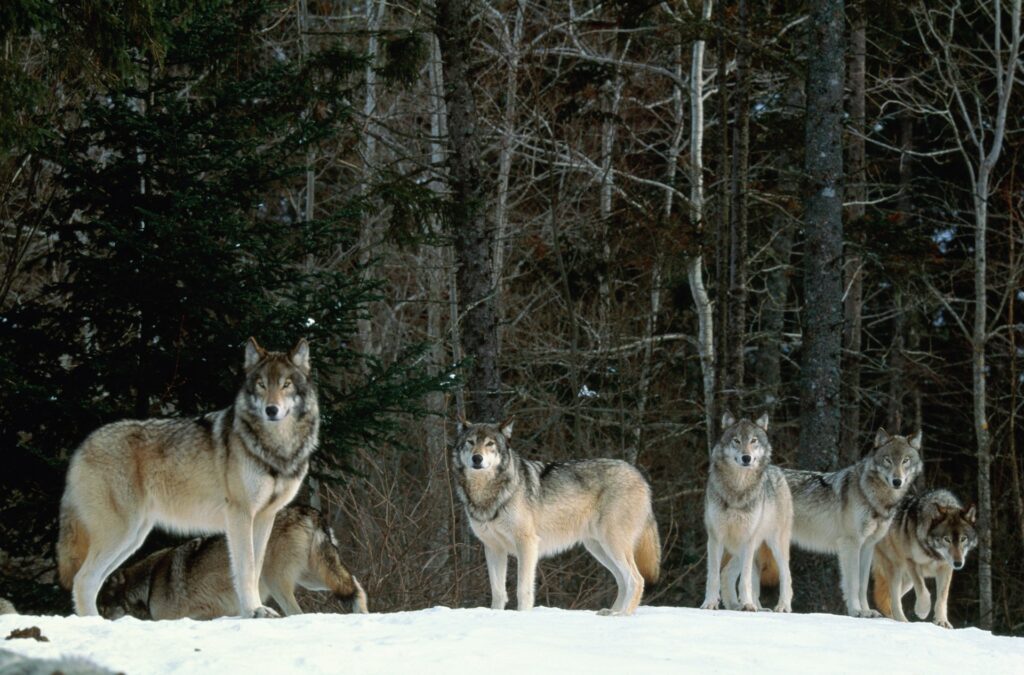
For centuries, they were cast as villains in fairy tales, feared as livestock killers, and hunted to near extinction across much of their natural range. But in recent decades, science has painted a different picture. Far from being a threat to the natural world, wolves are essential to its balance. As apex predators, they shape the behaviour of prey animals, support healthy vegetation, and indirectly sustain a wide variety of other wildlife. Their impact on the ecosystems they inhabit is not just important, it’s transformative.
The story of the wolf is a powerful reminder of how deeply interconnected everything in nature truly is. When wolves are allowed to thrive, entire landscapes are transformed for the better. But when they’re removed, that balance can quickly unravel. So, what is it that makes wolves so uniquely vital to the ecosystems they inhabit? And what lessons can we learn from places where they’ve been reintroduced, or tragically lost?
Wolves are a keystone species.
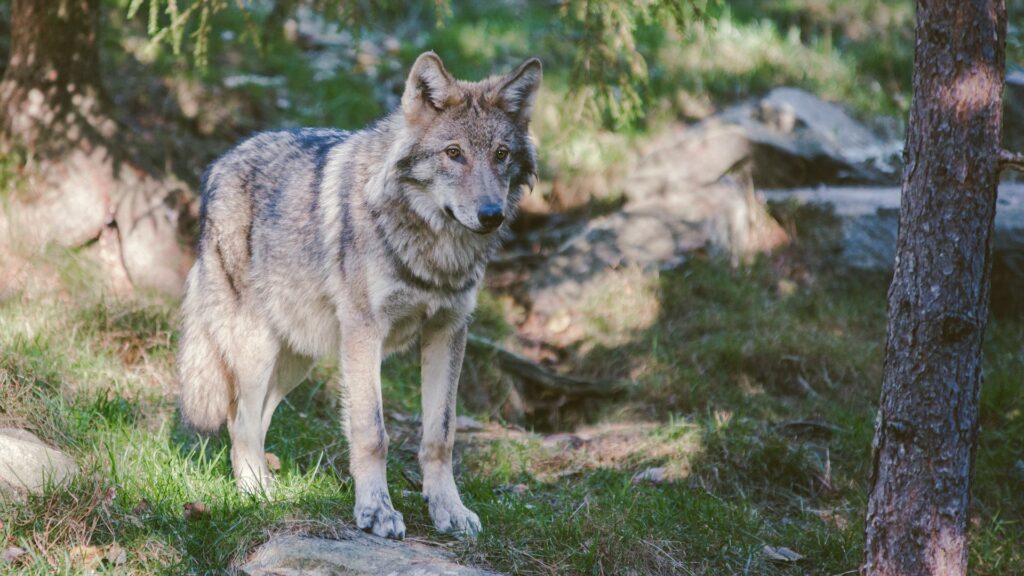
That means their presence has a disproportionately large effect on the structure and function of the ecosystem, far beyond what might be expected from their numbers alone. When wolves are present, they help regulate prey populations, which in turn affects vegetation growth, water quality, and biodiversity across the food web.
The most iconic case study of this effect is Yellowstone National Park in the United States. Grey wolves were reintroduced there in 1995, after having been absent for over 70 years. In their absence, elk populations had exploded, and the animals spent long periods in river valleys and forests, overgrazing young willows, aspens, and cottonwoods. This led to a decline in many other species that relied on that vegetation.
With the return of wolves, elk behaviour changed almost immediately. They began to avoid open valleys and spent less time browsing in vulnerable areas. As a result, tree saplings began to grow back, which allowed songbirds, beavers, and fish to return. Beavers in particular had a major impact by building dams and creating wetlands, which improved water quality and habitat for countless other species. The entire ecosystem began to regenerate. This chain of events, known as a “trophic cascade,” has been studied widely and documented in sources such as National Geographic.
They keep herbivore populations in check.

In places where large predators like wolves are missing, herbivore numbers can grow unchecked. This leads to overbrowsing and grazing, which can strip entire landscapes of vegetation. When wolves are present, they don’t just reduce the size of prey populations—they influence how these animals behave.
Deer and elk, for instance, become more vigilant and less likely to spend long periods feeding in one place. This change in movement allows vegetation to recover in areas that were once heavily grazed. Over time, this promotes more plant diversity, stabilises soils, and enhances carbon storage.
Without this check on herbivores, delicate ecosystems can quickly become degraded. Overgrazed forests lose their ability to support songbirds, insects, and smaller mammals. Stream banks erode, reducing water quality and altering hydrological patterns. In this way, wolves indirectly protect entire plant and animal communities simply by being present.
Wolves feed entire ecosystems.
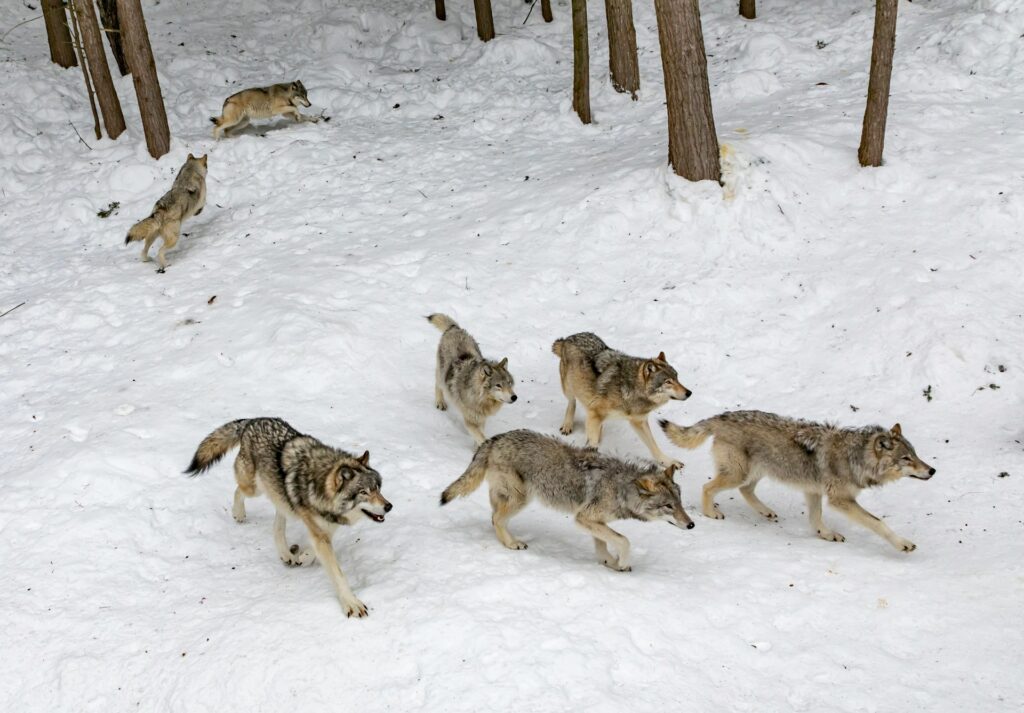
Another lesser-known impact of wolves is how they support a wide range of scavengers and other predators. After a wolf pack brings down a deer, elk, or moose, their leftovers feed an entire community of animals—ravens, eagles, foxes, bears, wolverines, and even insects like beetles.
During harsh winters, when food is scarce, these remains can be a lifeline for animals lower on the food chain. Wolves help ensure that no part of a carcass goes to waste, and in doing so, they distribute nutrients across the landscape. This kind of energy transfer strengthens the web of life that depends on those resources.
Wolves also influence the behaviour and abundance of smaller predators like coyotes. In areas where wolves are present, coyote populations tend to be lower, which allows populations of smaller mammals like hares and rodents to increase. These animals in turn support birds of prey and other species, widening the ecological benefits of wolf presence.
They’re helping to save our climate, too.
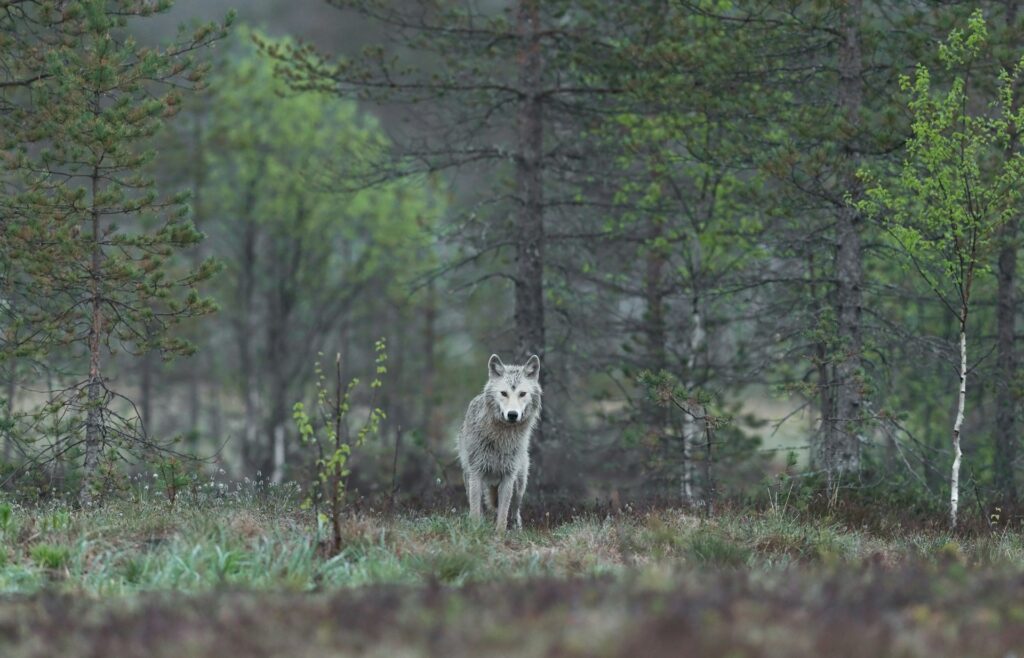
Perhaps one of the most surprising and significant roles wolves play is in supporting climate resilience. By preventing overgrazing and supporting vegetation regrowth, wolves contribute to the health of forests and grasslands. Healthy vegetation not only supports biodiversity but also stores more carbon, helping to regulate atmospheric carbon dioxide levels.
A 2022 study published in Nature found that the presence of top predators like wolves can lead to denser vegetation and better carbon sequestration, particularly in temperate and boreal ecosystems. In this way, wolves are not just important for wildlife—they’re part of our strategy for tackling climate change.
They can coexist with other species, but it’s not without conflict.
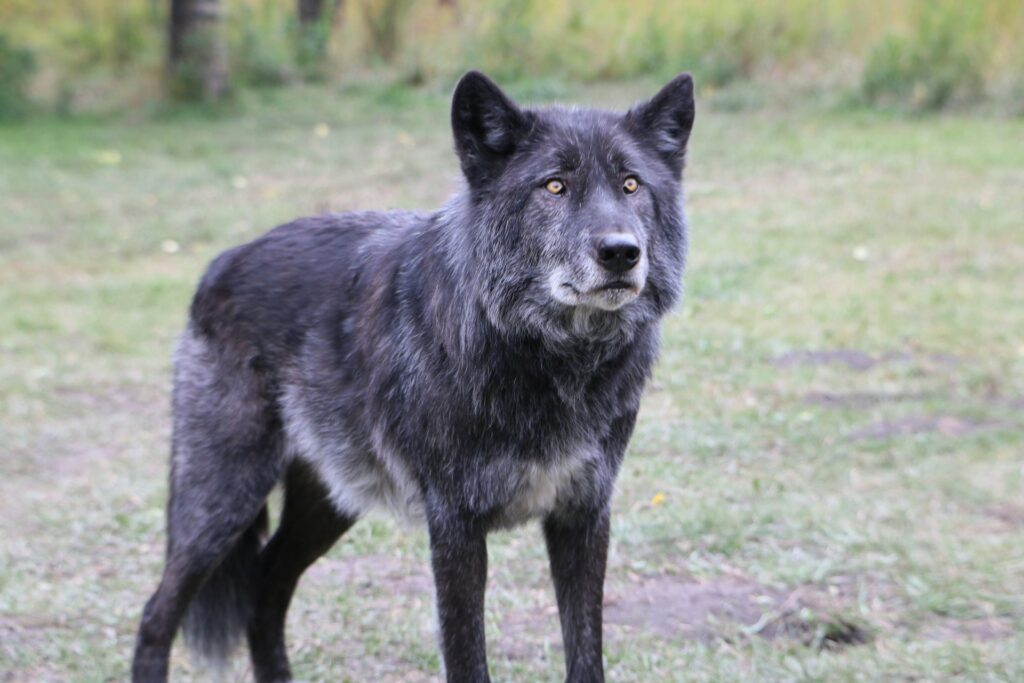
Despite the evidence of their ecological value, wolves remain controversial. In farming regions, they’re often seen as a threat to livestock. In some places, fear of wolves runs deep, shaped by folklore and reinforced by headlines about sheep predation.
However, studies suggest that actual livestock losses due to wolves are relatively low. In the UK, where wolf populations are absent, but discussions about reintroduction have surfaced, conservationists point to European countries like Italy and Germany. There, coexistence programmes include livestock guardian dogs, electric fencing, and compensation schemes for farmers. These measures are helping reduce conflict and prove that coexistence is possible.
Successful reintroduction and conservation efforts depend on open communication, community involvement, and ongoing support for those most affected. When farmers, policymakers, and conservationists work together, it’s possible to protect both wolves and livelihoods.
There are lessons to learn from history.
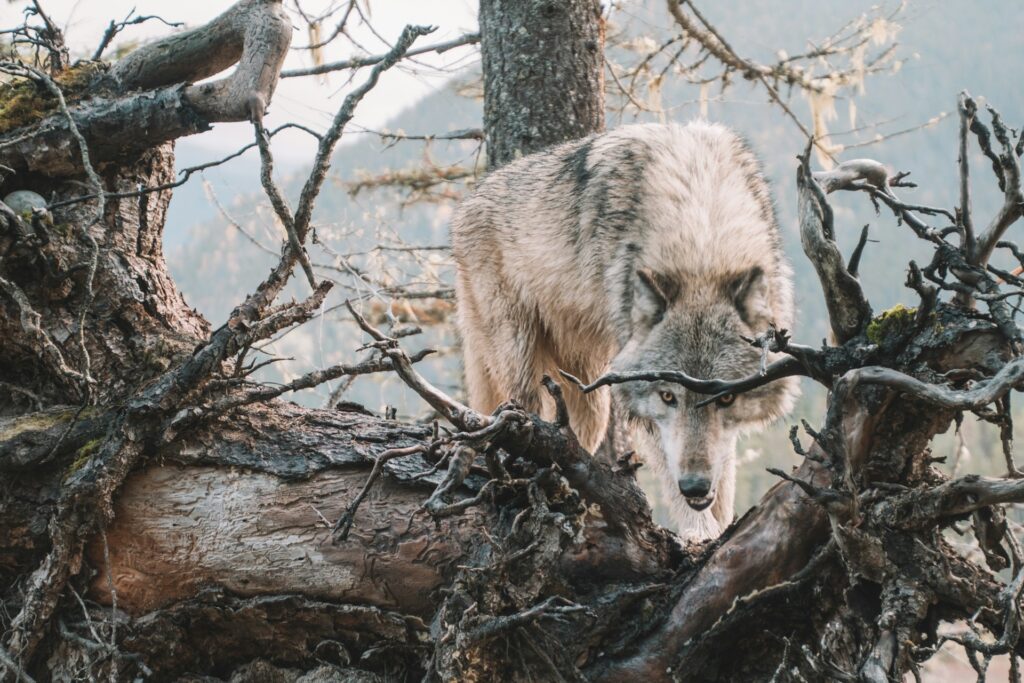
Wolves have been systematically eradicated from many parts of the world—not because of scientific necessity, but due to fear, politics, and myths. In the UK, wolves were hunted to extinction by the 18th century. In North America, government-backed extermination campaigns wiped them out from much of their historic range.
Today, we’re beginning to understand just how much we lost when we removed wolves from the landscape. Their absence doesn’t just leave a gap at the top of the food chain—it triggers a breakdown that can spread across entire ecosystems. The Yellowstone example is a compelling case of nature’s ability to recover if given the chance, but also a warning against the damage caused by human interference.
It’s important to look at the bigger picture.

Wolves are more than majestic animals or apex predators. They are ecosystem engineers—shaping the land, supporting biodiversity, and helping nature run its course. Their presence fosters a healthy balance that benefits not just wildlife but forests, rivers, and people too.
In an age of biodiversity loss and environmental uncertainty, wolves offer us a rare opportunity to restore some of what we’ve damaged. Protecting and restoring their populations isn’t just about them—it’s about the health of everything around them.
As our understanding of ecology deepens, so too should our appreciation for the role of predators like wolves. It turns out the very species once seen as destructive are often the ones holding the ecosystem together. Perhaps the real lesson is this: if we want to fix broken ecosystems, sometimes all it takes is putting one of their most essential pieces back in place.